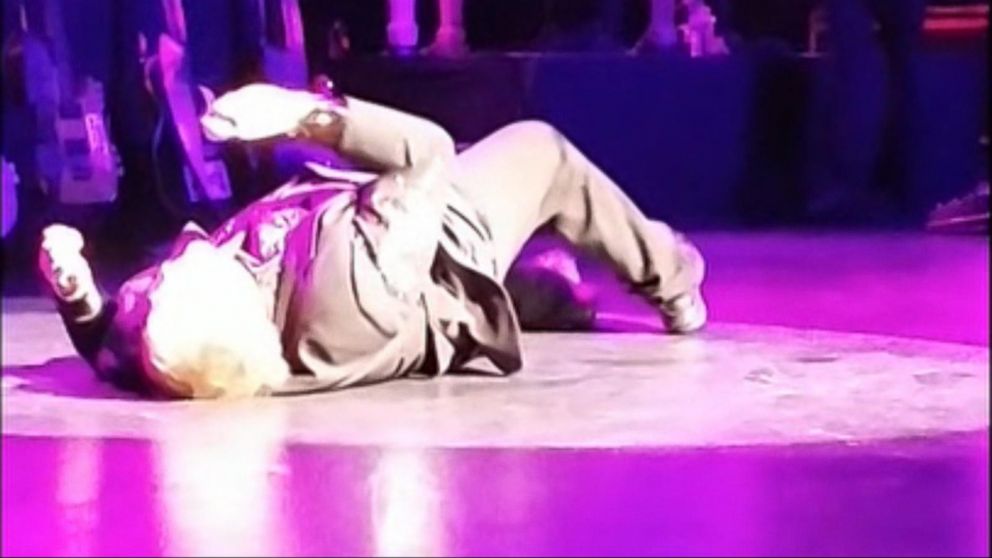After Deep Purple Mk II and before Black Sabbath, Ian Gillan enjoyed major success with his own groups: The Ian Gillan Band and Gillan. So why did it all turn sour?
There has never been a dull moment in Ian Gillan’s epic career.
“It’s hardly surprising,” the veteran singer agrees. “My first bands were The Moonshiners and The Javelins back in 1962 – so it’s been 45 years since I started.”
In a four-page Classic Rock feature, it’s impossible explore every last facet of Gillan’s chequered past. Instead we’ve chosen to concentrate on a specific period: 1976 to 1982, the years of his solo ventures with The Ian Gillan Band and Gillan.
Ian Gillan made his name in Deep Purple, of course, a group he left on two separate occasions – in 1973 and 1989. Not surprisingly each of these departures was an unhappy, not to say traumatic, affair. But it was the initial bust-up in the early 70s that really jolted him to the core.
Of course, the pull of the Purps is irresistible. Gillan has regularly revisited the line-up of the group that gave him his break in 1969, and today they are as strong as they ever were.
With his old jousting partner, guitarist Ritchie Blackmore, well and truly out of the picture, Gillan – who rejoined Purple again in 1992 – now pulls the strings as their leader and figurehead. But back in 1973 it was a different story. When Purple’s classic Mk II line-up disintegrated for the first time, a pissed-off and disillusioned Gillan aimed to quit the music business for good.
“I didn’t know what to do with myself,” he recalls today. “I had more money than sense. Well, I didn’t actually have the money, it was held for me in various bank accounts. But all I had to do was ask for it.”
Gillan invested in three diverse ventures: a London recording studio called Kingsway Recorders (formerly De Lane Lea Studios, where many Purple classics had been recorded); a hotel in the Thames Valley; and a motorcycle-engine manufacturing firm. But for a man more used to Space Truckin’ around the stars, the harsh realities of the business world would ultimately hit him hard in the pocket – and cause no end of acrimony in the process. But more about that later.
Recruiting guitarist Ray Fenwick, bassist John Gustafson, keyboard player Mike Moran and drummer Mark Nauseef, Gillan launched a new band under the bizarre moniker of Shand Grenade.
He laughs: “Fenwick and Gustafson invented that name. It was a twisted idea about trying to make Shangri-La explode! I went along with it, but soon they called me to a meeting. ‘No one seems to be interested in Shand Grenade,’ they said. ‘We’d better call it The Ian Gillan Band instead.’”
The IGB’s 1976 album Child In Time was centred on a reworked version of the title song made famous on Purple’s In Rock album, which itself had been partly recorded at De Lane Lea Studios. A minor success, Child In Time snuck into the chart at No.55. Moran soon bowed out of the group, to be replaced by Mickey Lee Soule and then Colin Towns, and somehow the music veered off into a convoluted jazz-rock direction. Gillan wasn’t best pleased but he went with the frenzied flow.
